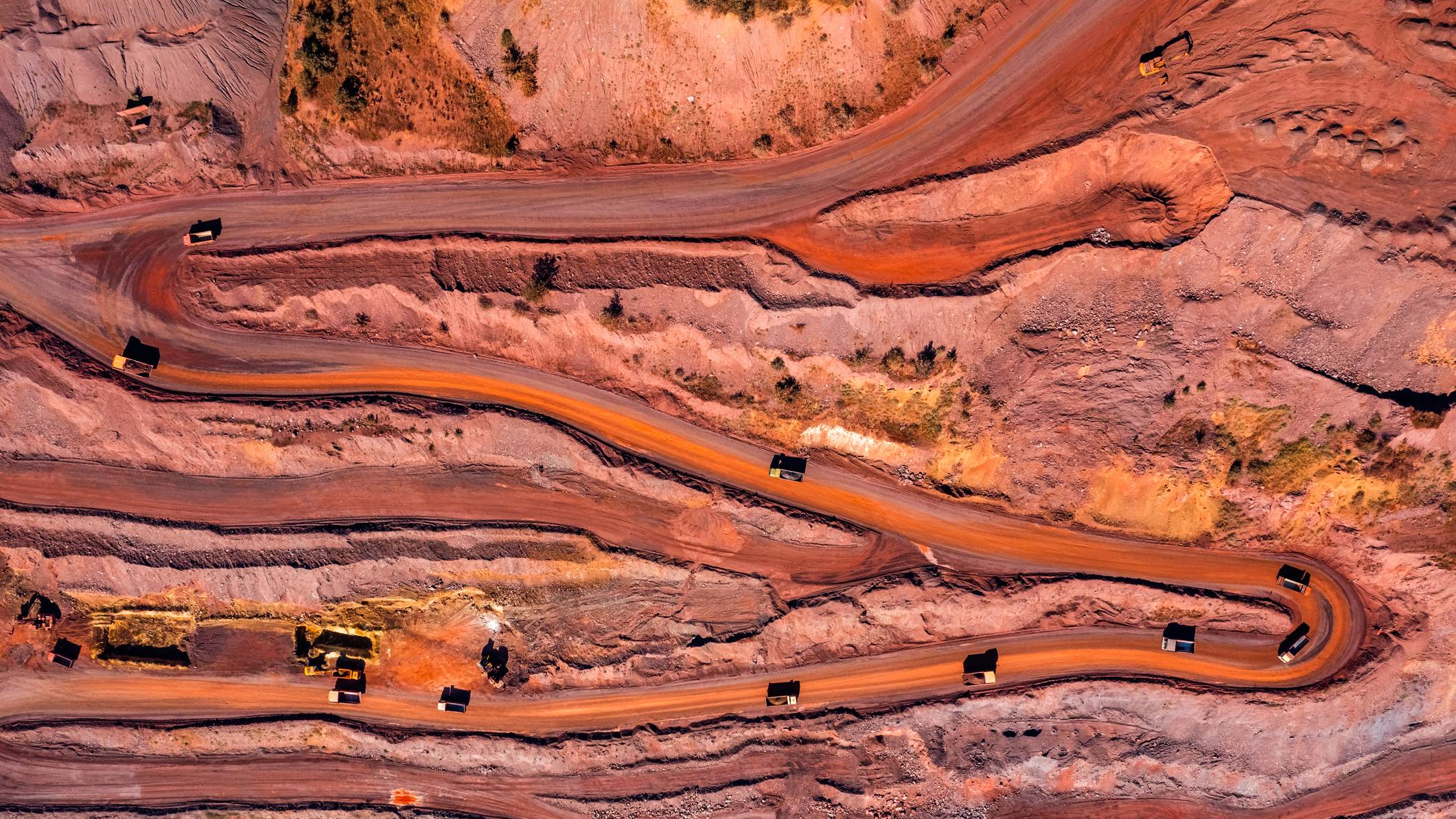Copper bulls are saying Robert Friedland’s ‘ten-fold’ increase call can be a reality

Picture: Getty Images
- Gold executive Steve Parsons has reemerged at the head of copper explorer Firefly Metals
- He says interest from institutions is showing how confident market watchers are that copper will see its day in the sun
- Eagle Mountain’s Tim Mason sees support for copper explorers as supply shortages sink in
Steve Parsons has made his name lifting the fortunes of micro cap gold explorers, striking lightning twice with Gryphon Minerals in Africa and then Bellevue Gold (ASX:BGL) in WA.
But the gold bull’s reemergence as the managing director Firefly Metals (ASX:FFM) has shown his enthusiasm for copper, shifting the old AuTeco Minerals in the direction of the red metal having previously been focused on the Pickle Crow gold project in Canada.
It picked up the Green Bay project in Newfoundland in north-east Canada from administrators in August last year at a combined cost of $65m, only $35m of that in cash.
Since then copper has been in a holding pattern hovering between US$3.50-3.80/lb but it is not somewhere analysts expect it being there for long.
Goldman Sachs expects prices to hit US$10,000/t over the next 12 months, equivalent to around US$4.50/lb.
Parsons said bullish institutions were long on the commodity despite the water its been treading in recent months.
“We’ve had a lot of interest from a number of groups. So we’re now 50% institutional of which half of those institutions are from North America and half from Australia, and typically they’re resource long type institutions,” he told Stockhead on the sidelines of the RIU Explorers Conference.
“So they’re very, very bullish on the copper price each of them.”
Mine closures stir excitement
Much of the excitement around copper has been not just on the demand side — S&P Global thinks the market for the metal will double against 2020 levels to 50Mtpa of refined copper by 2050.
But it’s also come from production curtailments and mine closures in politically volatile Latin America, not the least the government shutdown of First Quantum’s 350,000tpa Cobre Panama mine late last year.
“All the fundamentals are there especially when you read all that research. Over the next few months, the next three, 6, 12-month period you should see some really good price increases and … with those mines are having issues, especially in South America at the moment these mines being shut down,” Parsons said.
“It all goes back to jurisdiction risk.
“If you’ve got a project that’s in a jurisdiction such as Newfoundland, Labrador in Canada, that’s one of the top mining jurisdictions, it’s very low risk on getting that type of a project up.”
Green Bay contains 39.2Mt in resources at 1.83% copper and 0.3g/t gold — equivalent to a 2.1% copper grade of 811,000t of copper metal.
Parsons views it as a strong candidate for revival in a higher price environment with $250 million of spending on infrastructure already sunk.
“Offtake partner groups have approached us over the last few months,” Parsons said.
“They all know that the concentrate is a very, very good concentrate that historically was produced on the mine at about 28 to 30% (copper) con with a gold credit on it, which is amazing.
“We’ve already had several discussions with a few banks on debt funding, building the mine as well. So already people are coming out of the woodwork because they see the quality of the project.”
Where to find 10 of the world’s biggest copper mines
To fill the gap in expected demand miners will need to identify and develop 10 replicas of the world’s biggest copper mines over the next two or so decades, says Tim Mason — MD of fellow North American copper hopeful Eagle Mountain Mining (ASX:EM2).
That ‘world’s largest mine’ — Escondida in Chile, literally named ‘the hidden one’– has not been repeated since it was opened in 1990, and that came nine years after its discovery.
It means it could be important to develop a larger number of smaller, high grade mines like EM2’s Oracle Ridge project in Arizona, which contains 28Mt at 1.35% Cu.
“Doubling copper output is talking about finding another 10 of the world’s biggest copper mines and bringing them into production when they haven’t even been found yet,” Mason said.
“Arguably decarbonisation goals can’t even work, because we can’t actually physically find the metal that’s going to be required.
“The other aspect is the cost of getting these projects out of the ground. There’s a lot of existing mines, they’re getting deeper, the cost to bring them out is getting higher.
“So grades are dropping, you’re processing more material to get the same amount of copper out, pushing the cost of making that copper up.”
At the same time, he said weak economic activity especially in Asia and China has hurt copper pricing given the metal’s historic link to the health of the global economy.
Once stimulus measures kick in, Mason believes we will see a commensurate move in copper prices.
“(Famous mine investor) Robert Friedland is talking about a tenfold increase in the copper price. That’s almost akin to what we saw in lithium and uranium, absolutely going to the moon and I absolutely think that it can happen,” he said.
“I think we’re still a few months away from (the uptick) occurring, but I think when it does, it’s going to happen pretty quickly.”
Higher lows
With costs rising across the sector, Mason thinks it is unlikely we return to early Covid lows of US$2.15/lb, with higher prices needed to incentivise producers against a backdrop of deeper orebodies and salary increases.
Stockpiles are down to just days of supply as well, leaving downstream users exposed in the face of either mine or refinery supply shocks.
EM2 shares peaked at $1.25 as copper hit all time highs of US$10,700/t in May 2021, a run powered by massive Chinese stimulus to counteract the impacts of its early Covid lockdowns.
Mason says once EM2 is in a position to consider making a decision to mine it should be able to take advantage of a rising market due to the historic quality of the Oracle Ridge concentrate.
“I think 2025 is going to be very buoyant, especially for the copper market. So that’s where I think the return for investments over the next six months to 18 months is where we’re starting to see smart money coming in,” he said.
“Obviously, it’s hit everybody this current market, the good companies, the challenging companies or companies that have got nothing, everyone’s been hit pretty badly.
“So I think unfortunately a few of these companies will really struggle.
“But the companies which have actually got assets and resources, copper in the ground are in a good position to actually get these projects into production like ours are going to be really well placed.”
Eagle Mountain Mining (ASX:EM2) and Firefly Metals (ASX:FFM) share prices today
Related Topics

UNLOCK INSIGHTS
Discover the untold stories of emerging ASX stocks.
Daily news and expert analysis, it's free to subscribe.
By proceeding, you confirm you understand that we handle personal information in accordance with our Privacy Policy.








